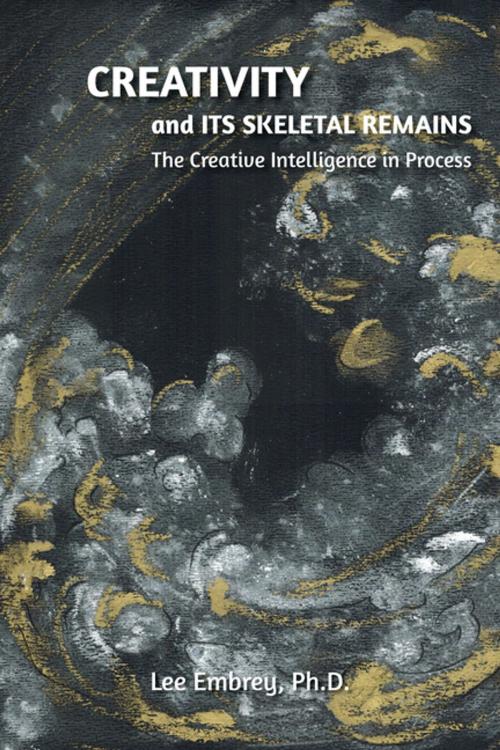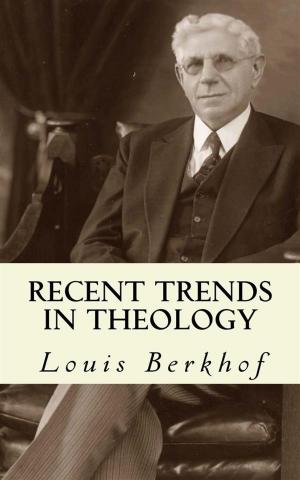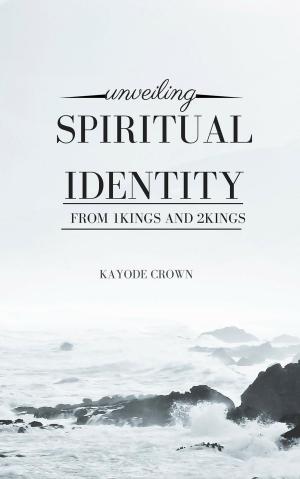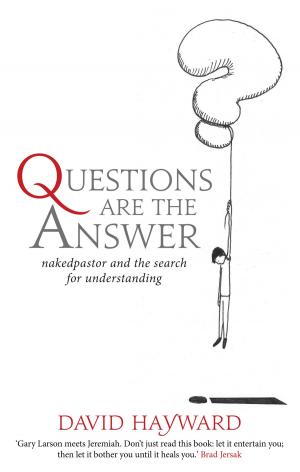Creativity and Its Skeletal Remains
The Creative Intelligence in Process
Nonfiction, Health & Well Being, Psychology, Creative Ability, Self Help, Self Improvement, Creativity, Religion & Spirituality, Inspiration & Meditation, Spirituality| Author: | Lee Embrey | ISBN: | 9780998187976 |
| Publisher: | leArtsinc. | Publication: | January 28, 2019 |
| Imprint: | leArtsinc. | Language: | English |
| Author: | Lee Embrey |
| ISBN: | 9780998187976 |
| Publisher: | leArtsinc. |
| Publication: | January 28, 2019 |
| Imprint: | leArtsinc. |
| Language: | English |
The amazing qualities of creativity apply to everything from inventive cooking to spontaneous insights. In this book’s unusual and insightful exploration, Jungian psychotherapist Lee Embrey, PhD, delves into the essence of creative expression for the sake of understanding its transformative power. He writes, “The artist’s personal experience and relationship with the creative spirit and its myriad manifestations, and how it attempts to operate in the unconscious of the individual for the benefit of society, is what we are attempting to envision in this book.”
Directly linking creativity with spirituality, Embrey informs us: “The birth of the universe is part of the birthing of our own creative process—not just as the original process, but as a parallel process, which makes the artistic endeavor an unfathomably significant experience; and when we are aware of following the patterns of creation, it becomes a spiritual discipline.”
Einstein said that imagination is more important than knowledge, and Embrey agrees. “The imagination, as it applies to creative thinking and the arts,” he affirms, “is more important than knowledge. To be able to think using creative imagination, is a state of mind that requires practice in silencing the mind, allowing the mind to not know, not judging an image while exploring, and allowing the flow of images without holding onto any of them.”
For those who may think creativity is merely a way of expressing our ideas or feelings, the author takes us much further. “The creative cannot be over-estimated,” he writes. “Its action connects us to the farthest reaches of human insight and to the simplest of actions.”
Society itself depends on the true creative in order to be healthy and whole: “We are ignorant of the social implications of repressed creativity in society. We just don’t know the difference between healthy creativity and acting out, when both require breaking rules.” Rule-breaking, in the case of healthy creativity, involves new and fresh ways of seeing; making art that hasn’t been made before.
A major take-away (and the explanation of “skeletal remains” from the book’s title) is that “The act of creation is the inspiration of a creative function; the finished products become the skeletal remains of the creative act. Creative art needs to push the boundaries of the known into new awareness and a symbolic future. It should prod us to see in a new way, and insist that we make sense of what we were just forced to re-define, while simultaneously challenging our old, encrusted ideas of familiarity. If this happens, we connect with the artist, his process, his message and something new for us personally.”
The amazing qualities of creativity apply to everything from inventive cooking to spontaneous insights. In this book’s unusual and insightful exploration, Jungian psychotherapist Lee Embrey, PhD, delves into the essence of creative expression for the sake of understanding its transformative power. He writes, “The artist’s personal experience and relationship with the creative spirit and its myriad manifestations, and how it attempts to operate in the unconscious of the individual for the benefit of society, is what we are attempting to envision in this book.”
Directly linking creativity with spirituality, Embrey informs us: “The birth of the universe is part of the birthing of our own creative process—not just as the original process, but as a parallel process, which makes the artistic endeavor an unfathomably significant experience; and when we are aware of following the patterns of creation, it becomes a spiritual discipline.”
Einstein said that imagination is more important than knowledge, and Embrey agrees. “The imagination, as it applies to creative thinking and the arts,” he affirms, “is more important than knowledge. To be able to think using creative imagination, is a state of mind that requires practice in silencing the mind, allowing the mind to not know, not judging an image while exploring, and allowing the flow of images without holding onto any of them.”
For those who may think creativity is merely a way of expressing our ideas or feelings, the author takes us much further. “The creative cannot be over-estimated,” he writes. “Its action connects us to the farthest reaches of human insight and to the simplest of actions.”
Society itself depends on the true creative in order to be healthy and whole: “We are ignorant of the social implications of repressed creativity in society. We just don’t know the difference between healthy creativity and acting out, when both require breaking rules.” Rule-breaking, in the case of healthy creativity, involves new and fresh ways of seeing; making art that hasn’t been made before.
A major take-away (and the explanation of “skeletal remains” from the book’s title) is that “The act of creation is the inspiration of a creative function; the finished products become the skeletal remains of the creative act. Creative art needs to push the boundaries of the known into new awareness and a symbolic future. It should prod us to see in a new way, and insist that we make sense of what we were just forced to re-define, while simultaneously challenging our old, encrusted ideas of familiarity. If this happens, we connect with the artist, his process, his message and something new for us personally.”















